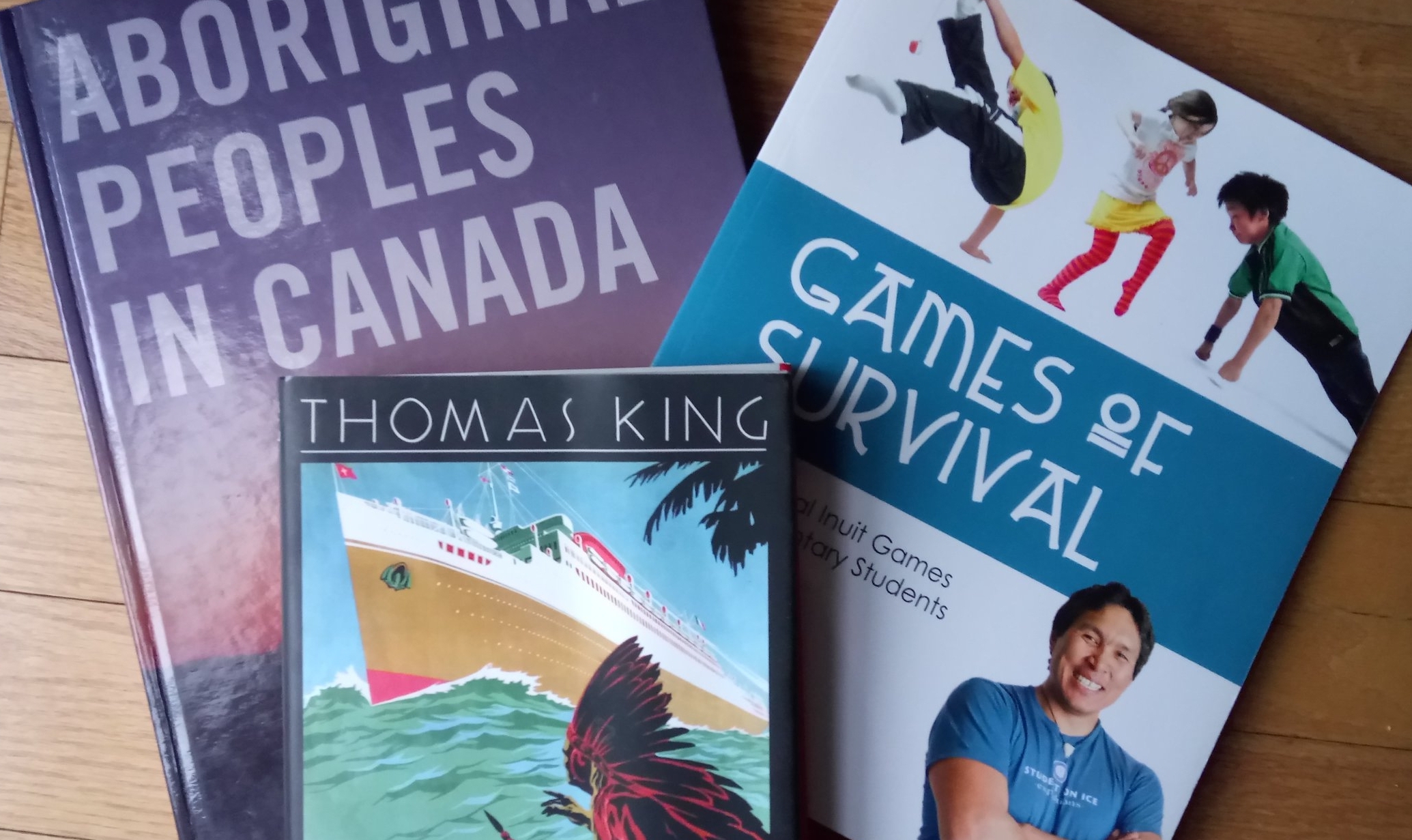Get ready for the Powwow with Sissy Thiessan Kootenayoo in this three part introduction to womens’ (Two Spirit, Non Binary & other identities included) Powwow dances from Yellowhead Institute. As she does her hair and puts on her regalia, Sissy shares stories about her participation in Powwow dancing and explains different aspects of her regalia. You can learn more about Sissy at her website Wase Saba Experiences or on Instagram @wasesabaexperiences
In part 1 Sissy speaks about the Traditional and Jingle dances.
In part 2 Sissy speaks about Fancy Shawl Dancing and speaks about her journey to (re)connect with her traditions, given the disruption which happened in her family as a result of colonization. She welcomes all audience members including non-Indigenous peoples to participate in intertribal dances, while reminding viewers that it is important to not just jump into dancing and wearing regalia, but that there is a process grounded in community that should be respected by anyone taking up traditional dancing.
In part 3 Sissy begins with a smudge and demonstrates some of the dances she carries.
